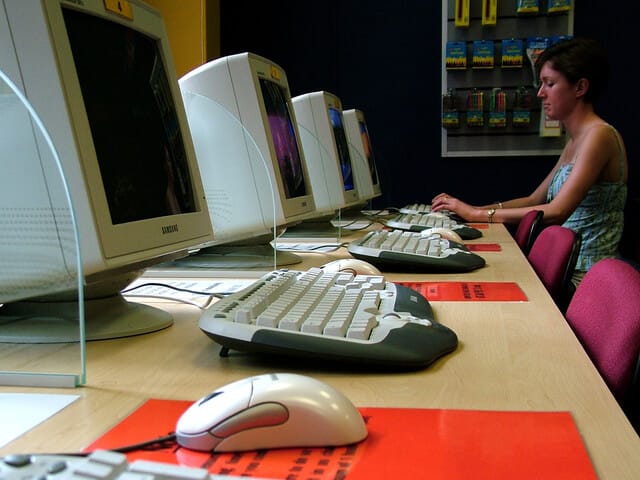Let’s face it, you’re going to read this paragraph.
More than likely, you’re going to read this one, too. They’re both short paragraphs, with short sentences.
However, the further you get into this blog post, the more likely you’re going to start scanning, rather than reading closely. You’ll start looking for keywords or sentences with bold text that grabs your attention.

Subheadings Also Convey Useful Information and Hold Reader Interest
According to Jakob Nielsen, an established authority for more than a decade on how people read on the Web, readers respond most favorably to web pages that are:
- Concise – minimum word count for quick reading
- Objective – neutral, factual-sounding language
- Scannable – bulleted lists and lots of white space
Readers seem to expect that material on the web is more factual, so they respond more strongly to writing that sounds factual, avoiding hyperbole and overblown marketing language. According to Nielsen, web users forage for information and facts. If a web page doesn’t appear to provide the facts we seek, we move on quickly.
Readers tend to scan past large blocks of text.
Font types also affect readability. In print, readers prefer serif fonts such as Times New Roman or Georgia. However, on the web, readers prefer sans serif fonts, such as Verdana or Trebuchet.
Large Font Sizes Promote Scanning
Small font sizes and large blocks of text encourage closer reading, but only if the page already has the reader’s attention; otherwise, they will most likely be skipped.
Eye tracking studies show that readers are most likely to notice things placed in the upper left corner of the page; their eye movements then flow down and generally toward the right. Therefore, place the elements of maximum impact at the top and at the left, a strategy that leads to an inverted writing structure. Put the major, broad-stroke elements at the top, and expand into finer detail deeper into the page.
The bottom line is that partial reading–of everything–on the Web is common. Knowing how to grab the reader’s eye and hold it long enough to convey your message is critical to Web communication.







